The dream of an African safari tops many travel bucket lists, yet first-time safari-goers often feel overwhelmed by the continent’s vastness and the seemingly endless array of options. From budget-friendly national parks to exclusive private reserves, the choices can feel daunting for those unfamiliar with Africa’s diverse ecosystems and wildlife-viewing opportunities.
Here is a list of 20 exceptional safari destinations particularly well-suited for first-time visitors to Africa. Each offers the perfect blend of accessibility, comfort, and magnificent wildlife encounters.
Masai Mara National Reserve

Kenya’s iconic savanna landscape provides the quintessential safari experience with minimal hassle for newcomers. The reserve’s relatively compact size means game drives regularly encounter the Big Five—lion, leopard, elephant, buffalo, and rhino—often within a single morning.
Numerous lodges and camps cater specifically to first-timers with knowledgeable guides who excel at introducing guests to safari etiquette and wildlife behavior. The annual wildebeest migration between July and October transforms this already wildlife-rich area into nature’s greatest spectacle.
Kruger National Park

South Africa’s flagship conservation area combines excellent infrastructure with self-driving possibilities, making it perfect for independent-minded travelers new to safari. The park’s paved roads and clearly marked routes allow visitors to explore at their own pace without sacrificing wildlife viewing opportunities.
Rest camps throughout the park offer accommodations ranging from camping to air-conditioned bungalows, with restaurants and shops providing modern amenities rarely found in more remote safari destinations.
Like Travel Pug’s content? Follow us on MSN.
Serengeti National Park
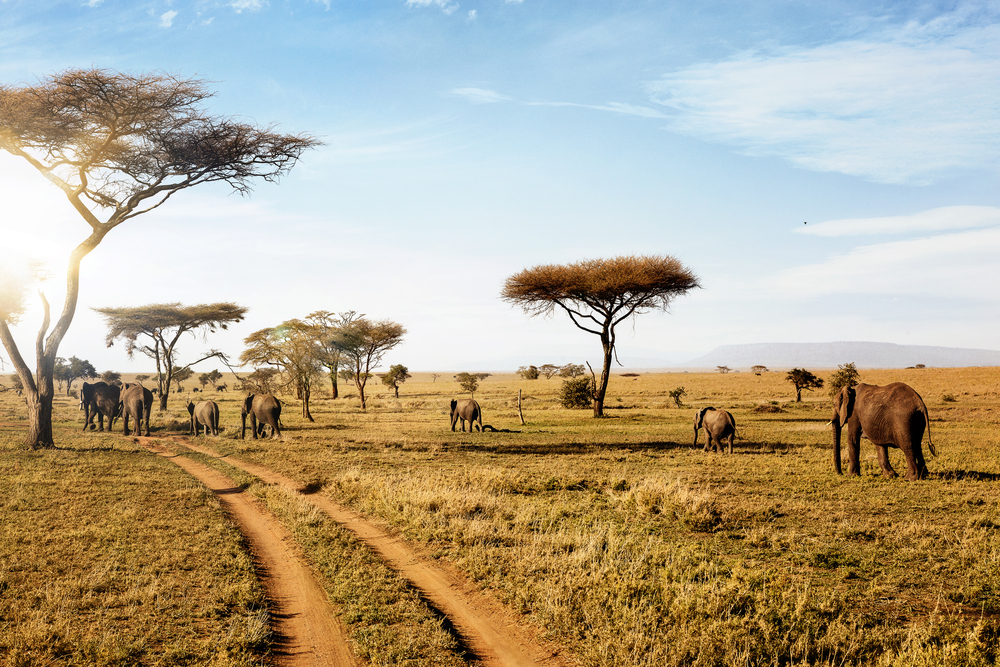
Tanzania’s most famous park balances authentic wilderness with visitor-friendly accommodations across its vast expanse. The park’s central region offers exceptional year-round game viewing with comfortable lodges ideal for first-time safari-goers.
The open plains make wildlife spotting straightforward even for untrained eyes, with lions, cheetahs, and leopards often visible against the golden grasslands. The park’s established tourism industry ensures consistent quality and safety standards across most properties.
Chobe National Park

Botswana’s elephant haven is located in Kasane, offering extraordinary wildlife viewing alongside modern comforts. The Chobe Riverfront area offers land and water-based safari activities, allowing newcomers to experience different perspectives without complicated logistics.
Afternoon boat cruises bring visitors remarkably close to drinking elephants, hippos, and crocodiles while providing a relaxing alternative to bouncy game drives. The park’s proximity to Victoria Falls makes it easy to combine with other regional attractions.
Etosha National Park

Namibia’s premier wildlife destination centers around vast salt pans where animals congregate at waterholes, creating optimal viewing conditions for safari beginners. The park’s excellent infrastructure includes paved roads, multiple rest camps with restaurants and pools, and floodlit waterholes for nighttime wildlife observation without leaving camp.
The stark landscape eliminates many visual obstacles, making wildlife spotting straightforward while providing stunning photographic opportunities against the white salt backdrop.
Like Travel Pug’s content? Follow us on MSN.
Amboseli National Park
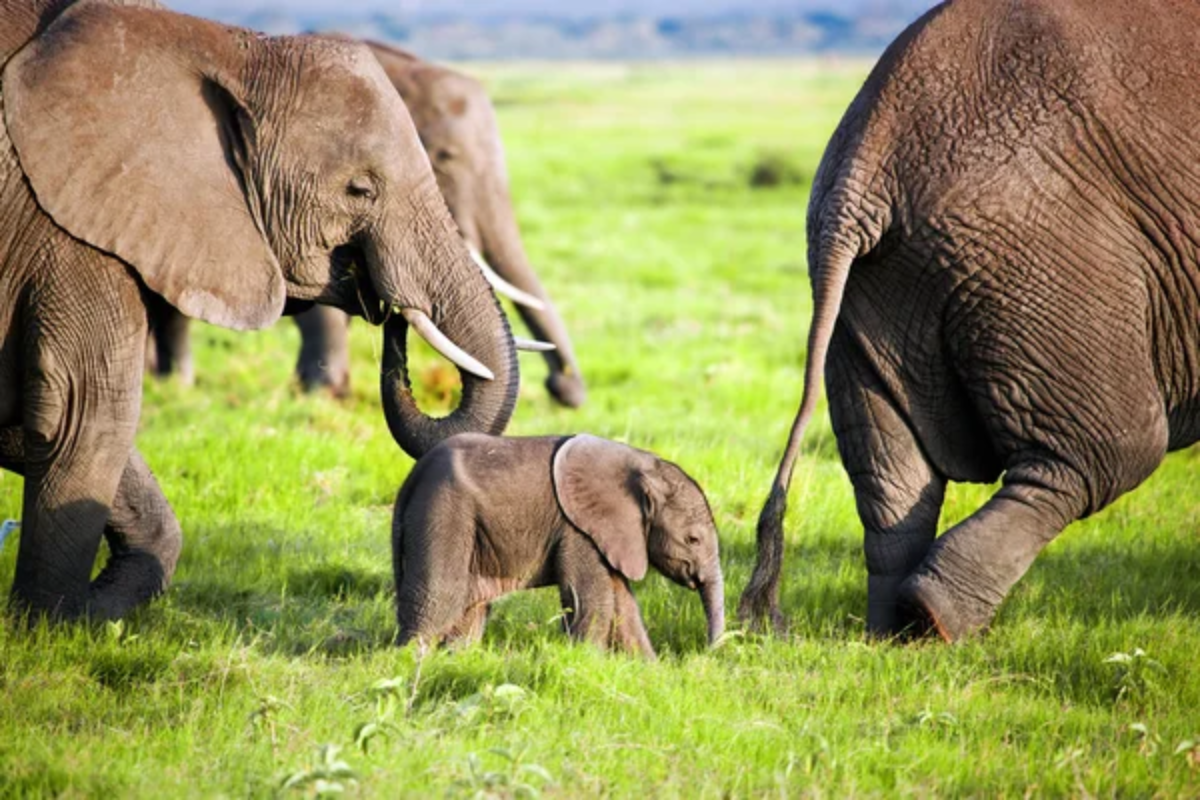
This compact Kenyan park delivers extraordinary elephant viewing against the backdrop of Mount Kilimanjaro, creating the classic safari photo opportunity many first-timers dream about. The relatively flat, open terrain makes wildlife easy to spot even for those new to animal tracking.
Numerous mid-range lodges cater specifically to first-time safari-goers, offering comfortable accommodation without the premium prices found in more exclusive destinations.
Sabi Sands Game Reserve
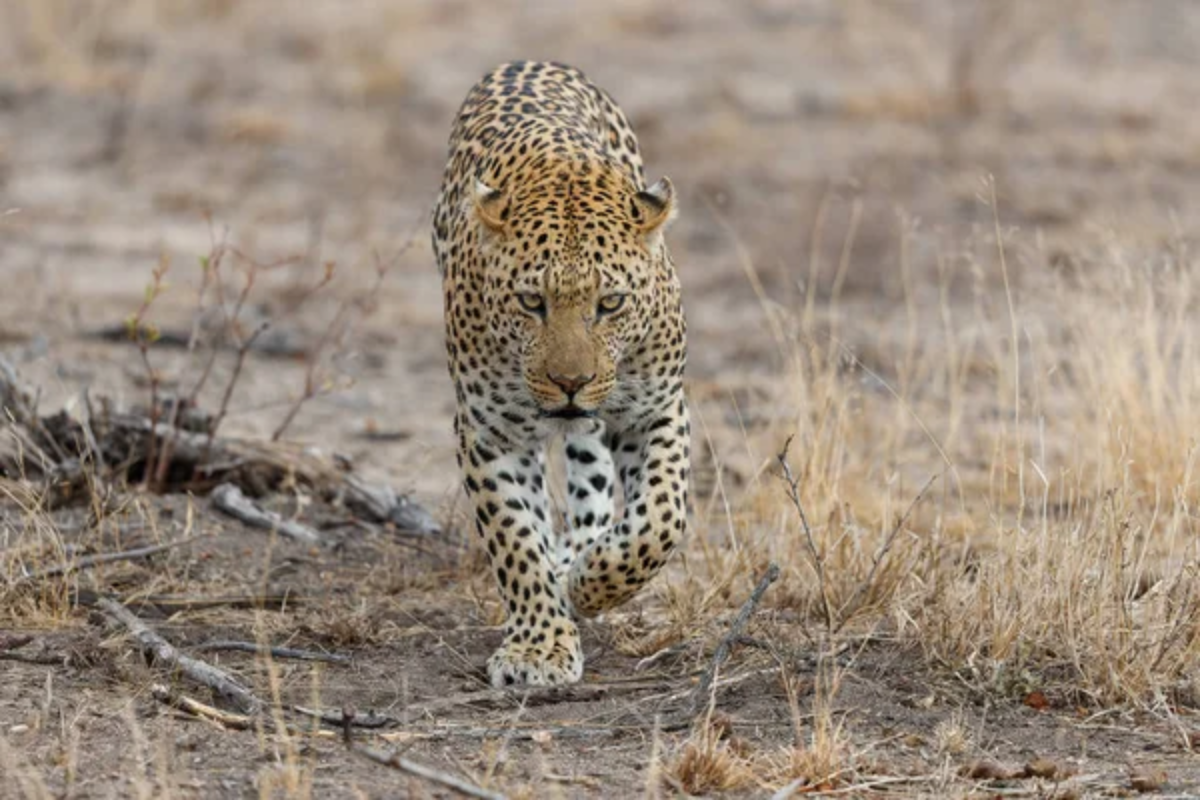
This private reserve adjoining Kruger National Park offers a premium yet accessible introduction to safari life with nearly guaranteed Big Five sightings. The reserve’s established properties employ expert trackers who can find elusive species like leopards with remarkable consistency.
Off-road driving privileges allow vehicles to follow animals into their natural habitats, providing close encounters rarely possible in public parks. All-inclusive pricing at most lodges eliminates budgeting headaches for first-timers.
Ngorongoro Conservation Area
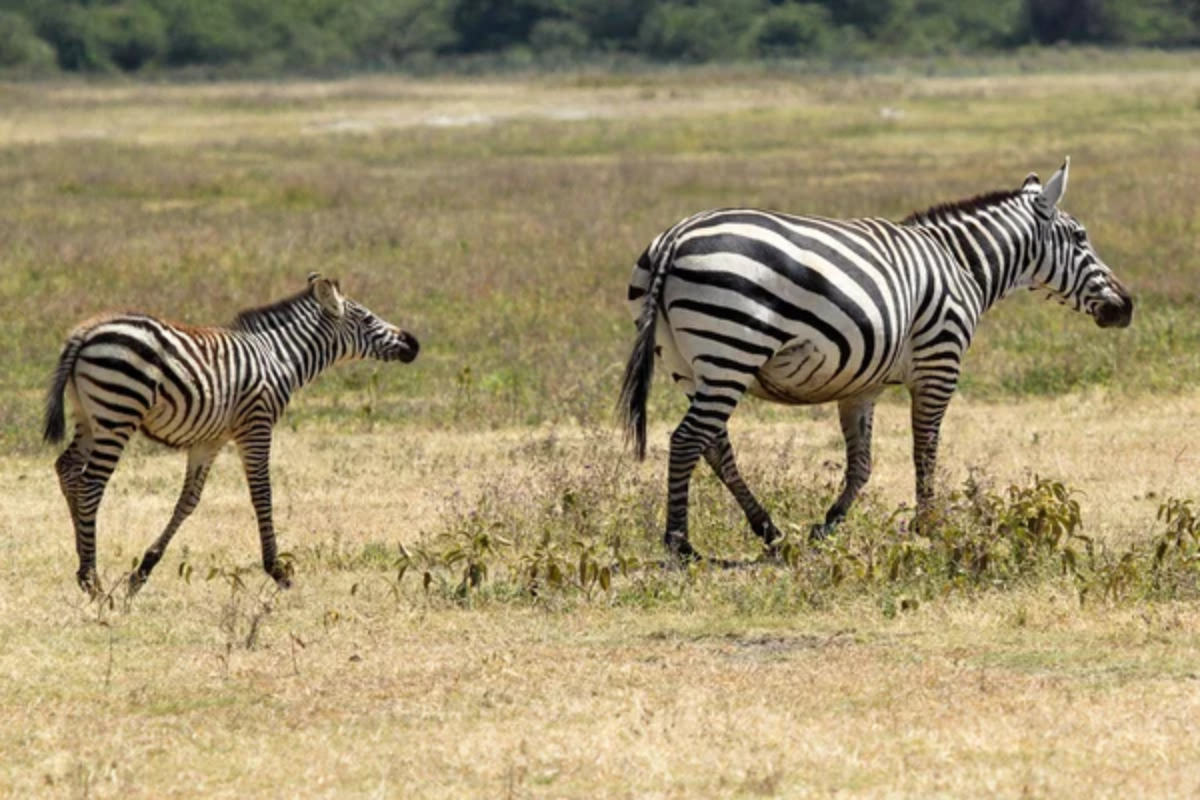
Tanzania’s natural wildlife enclosure provides extraordinarily reliable game viewing within the collapsed volcanic caldera. The crater’s walls create a natural 102-square-mile zoo where animals remain year-round, ensuring visitors never leave disappointed.
The relatively small area means minimal driving time between sightings, maximizing actual wildlife viewing time. Accommodation options on the crater rim offer spectacular views alongside modern amenities for a comfortable introduction to safari life.
Like Travel Pug’s content? Follow us on MSN.
Hwange National Park
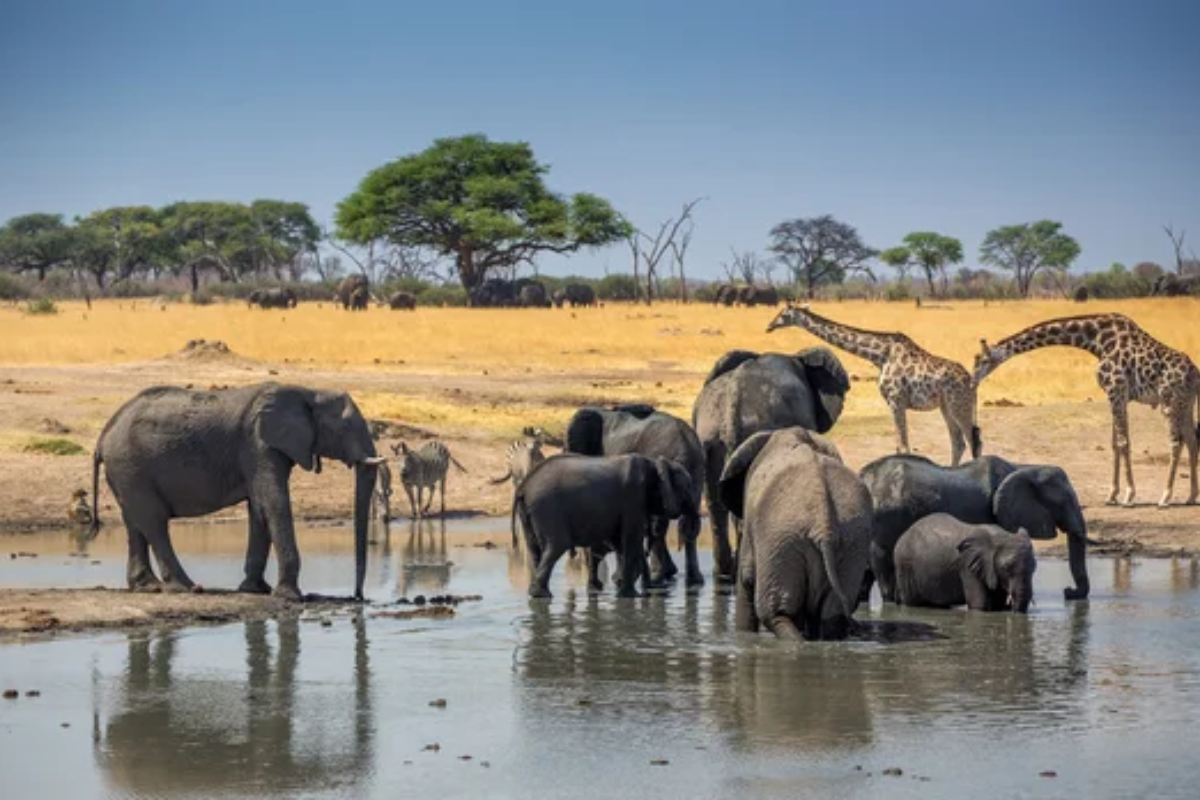
Zimbabwe’s largest park combines excellent elephant viewing with some of Africa’s best-value safari accommodations. The park’s developed infrastructure includes pumped waterholes that attract wildlife during dry seasons, creating predictable viewing opportunities perfect for first-timers.
The well-trained Zimbabwean guides consistently rank among Africa’s best, providing educational experiences that transcend simple wildlife spotting. The absence of mass tourism ensures an authentic experience without overwhelming visitor numbers.
Pilanesberg National Park
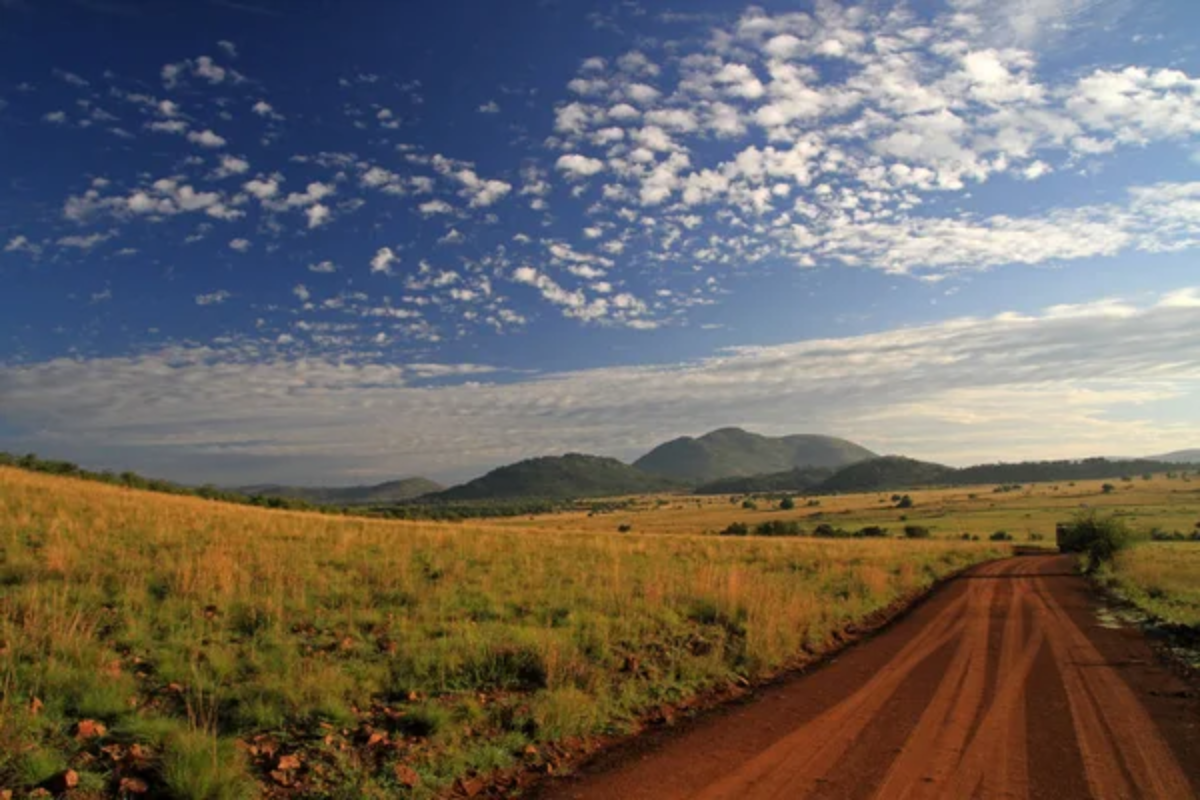
South Africa’s malaria-free game reserve offers the Big Five experience within a two-hour drive from Johannesburg, minimizing travel logistics for international visitors. The park’s compact size and circular road system make self-driving straightforward even for those unfamiliar with wildlife viewing techniques.
Nearby Sun City resort provides additional entertainment options and familiar comforts for those easing into the safari experience. The park’s unique geology creates diverse habitats supporting a wide variety of species within a small area.
Tarangire National Park
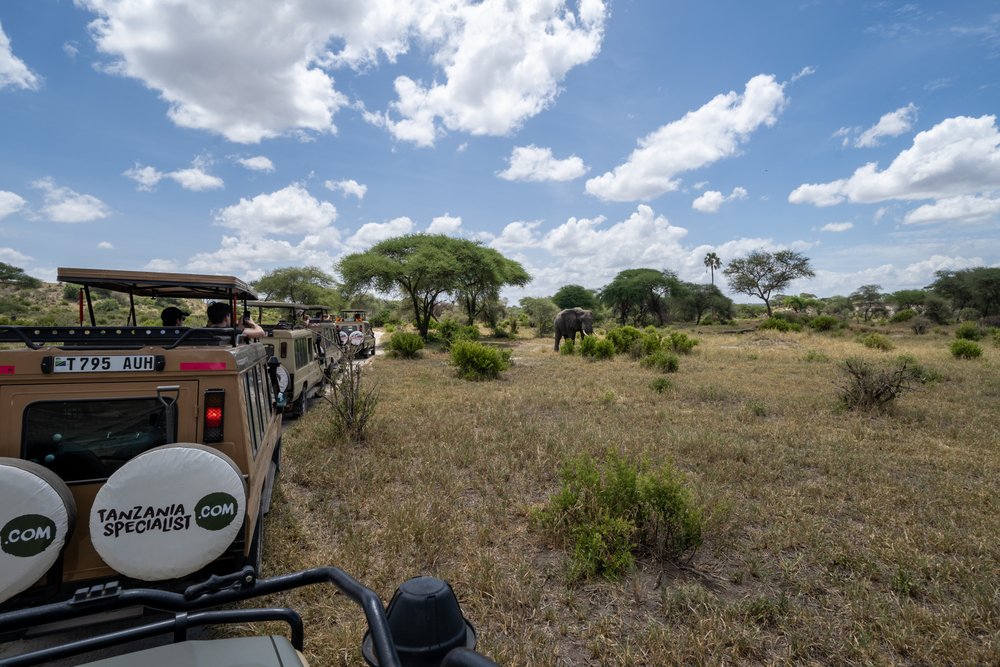
This often-overlooked Tanzanian gem provides exceptional elephant viewing without the crowds found in more famous parks. The Silale Swamp area offers lush oases where wildlife congregates during dry seasons, creating predictable viewing opportunities perfect for first-time safari-goers.
The park’s ancient baobab trees provide distinctive landscapes unlike anywhere else in East Africa. Located just 90 minutes from Arusha, the park serves as an ideal introduction before heading to more remote destinations.
Like Travel Pug’s content? Follow us on MSN.
Madikwe Game Reserve

South Africa’s malaria-free conservation success story combines excellent wildlife viewing with family-friendly accommodations. The reserve’s remoteness ensures an exclusive experience without requiring complicated travel arrangements.
Specialized family lodges offer dedicated children’s programs introducing young travelers to wildlife conservation through age-appropriate activities. The reserve’s reintroduction program has established healthy populations of endangered species, including wild dogs, rarely seen elsewhere.
Lake Nakuru National Park
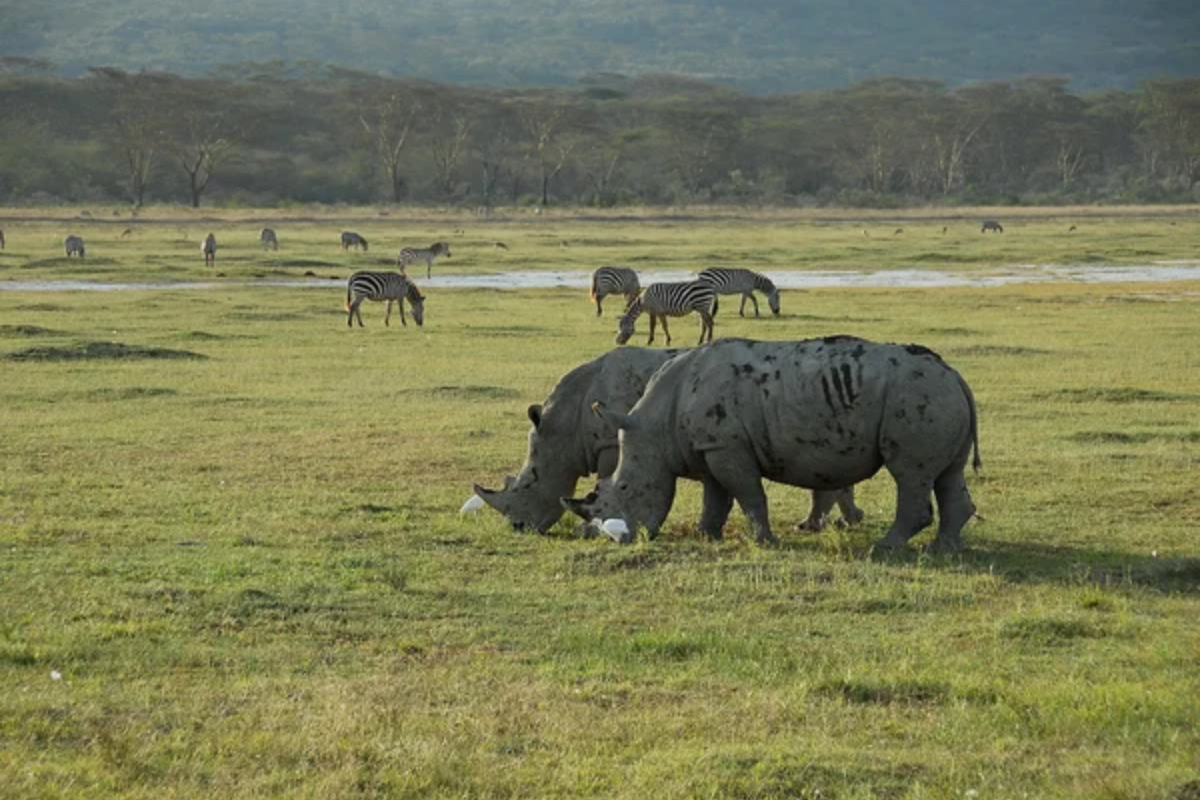
Kenya’s compact park delivers immediate wildlife gratification with abundant flamingos and easily spotted rhinos. The limited road network makes navigation straightforward for self-driving vehicles new to African travel.
The elevated viewpoints around the lake provide perspective rarely found in flat savanna parks, helping visitors understand the landscape’s interconnectedness. The park’s proximity to Nairobi makes it accessible even on shorter itineraries when time constraints apply.
Queen Elizabeth National Park
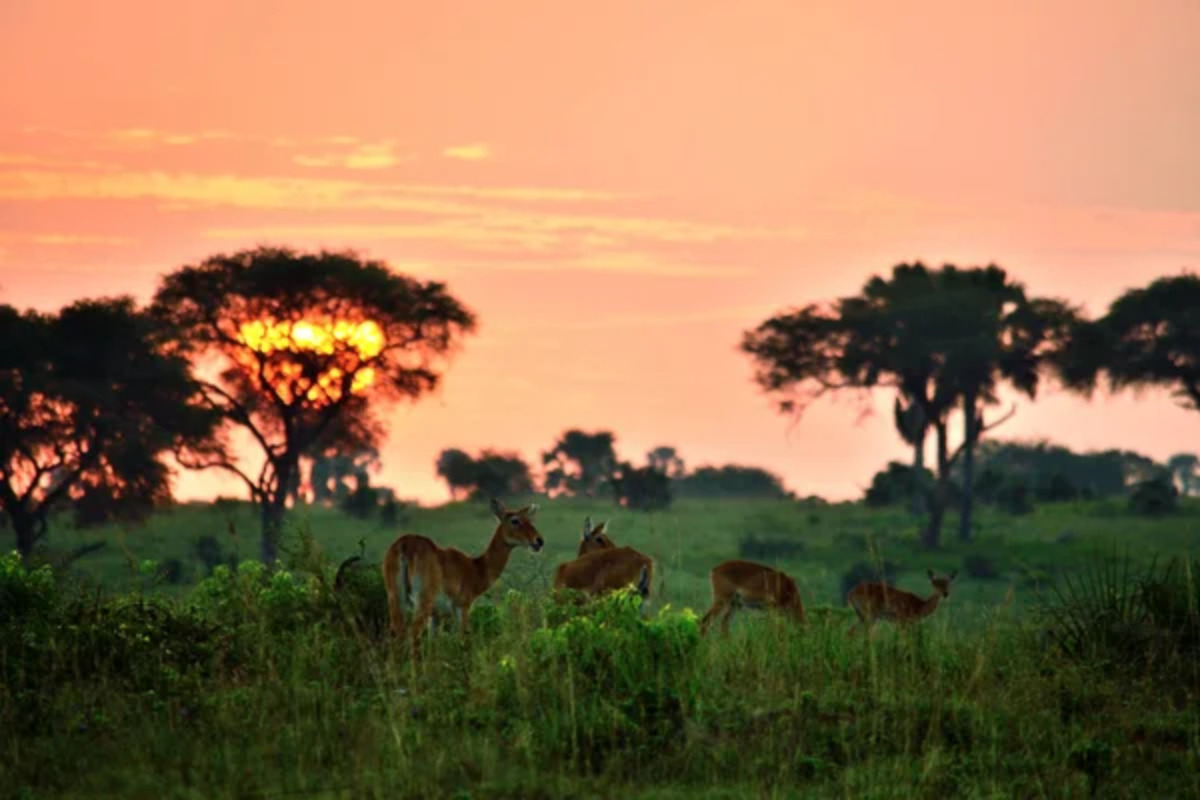
Uganda’s most popular safari destination combines savanna and forest habitats, providing diverse wildlife viewing within manageable travel distances. The Ishasha sector offers one of Africa’s most unique wildlife experiences—tree-climbing lions draped across fig tree branches.
The Kazinga Channel boat cruise brings visitors close to hippos, elephants, and buffalo without requiring long game drives. The park serves as an ideal introduction to Central African ecosystems without the logistical challenges found in more remote regions.
Like Travel Pug’s content? Follow us on MSN.
Ol Pejeta Conservancy
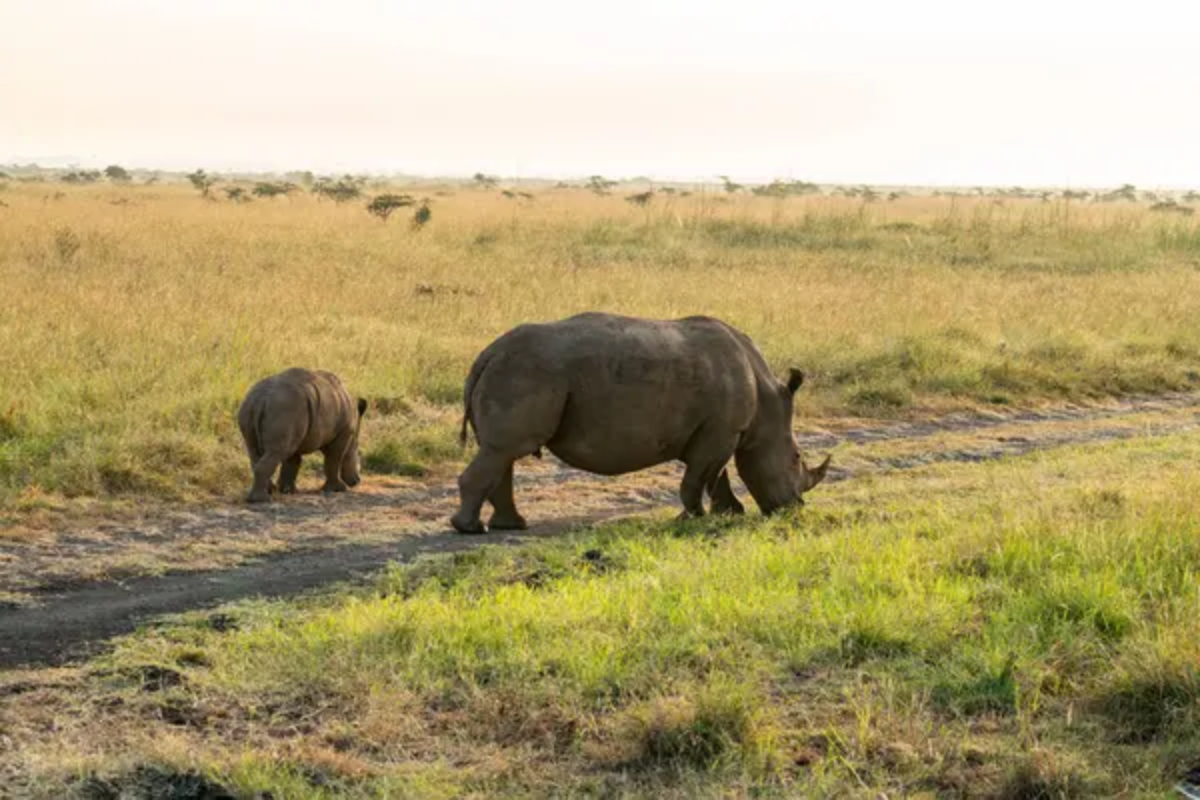
This Kenyan conservancy balances excellent wildlife viewing with meaningful conservation experiences suitable for thoughtful first-time safari-goers. The sanctuary houses the world’s last two northern white rhinos, creating profound encounters with species on the brink of extinction.
Educational programs allow visitors to engage with conservation work beyond passive game viewing. The conservancy’s varied accommodation options include budget-friendly camping and mid-range lodges with modern amenities.
Samburu National Reserve
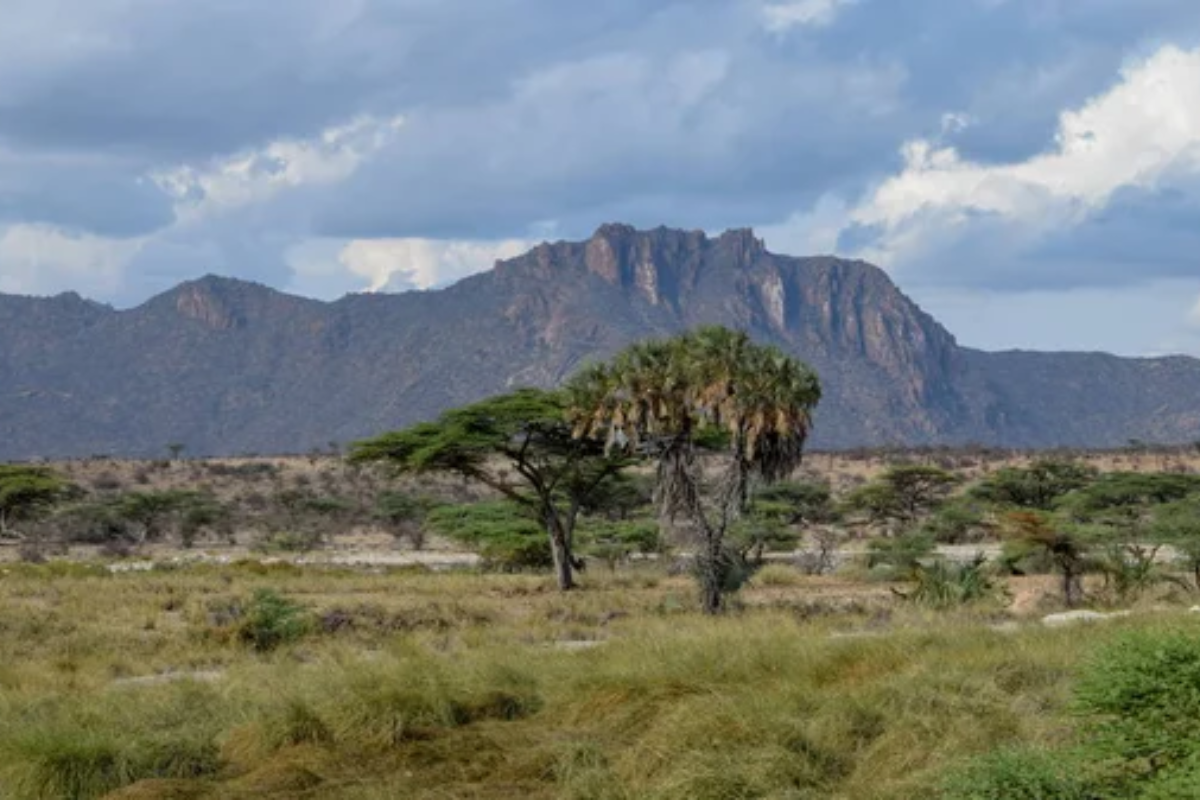
Kenya’s arid northern park introduces visitors to unique desert-adapted species rarely seen elsewhere, including Grevy’s zebra and reticulated giraffe. The Ewaso Nyiro River creates a lush oasis, attracting wildlife throughout the year, ensuring productive game drives even for first-time visitors.
The reserve’s relatively small size means minimal travel time between wildlife sightings. The distinctive local culture of the Samburu people adds cultural depth to the safari experience without requiring separate excursions.
Central Kalahari Game Reserve
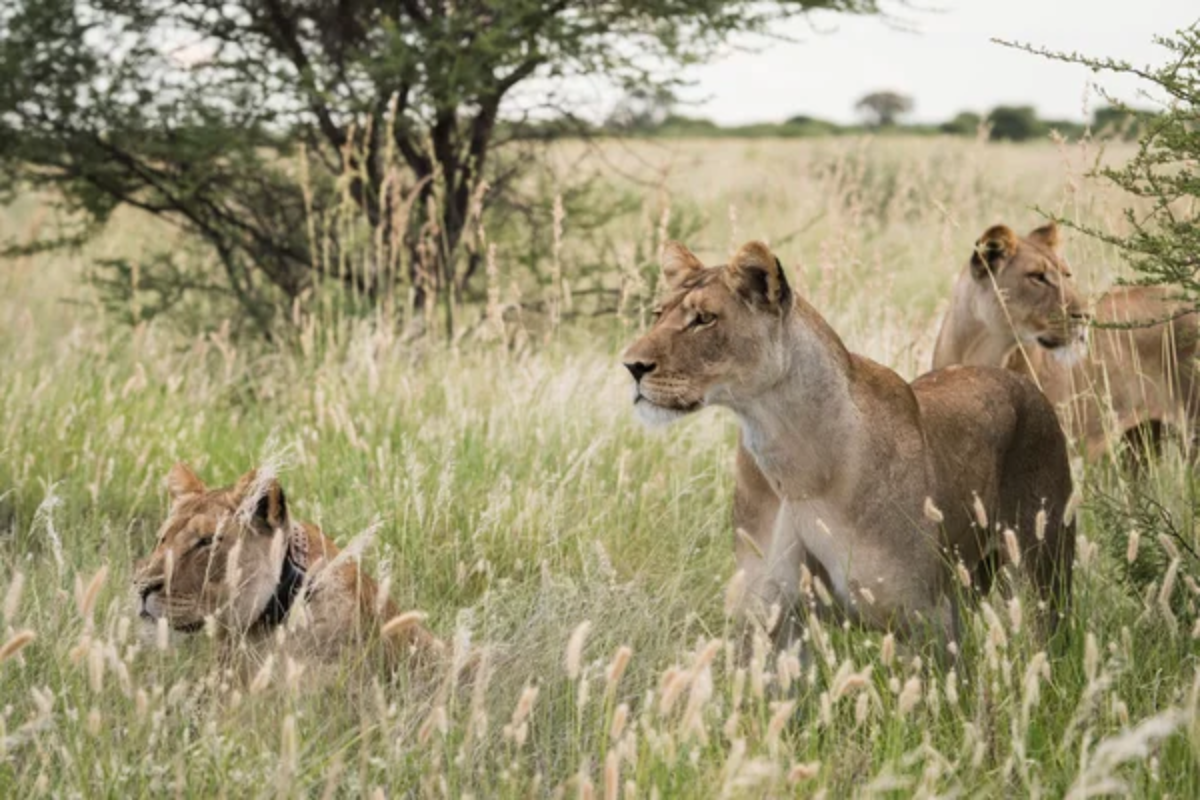
Botswana’s massive reserve offers an accessible taste of true wilderness without requiring extensive safari experience. The Deception Valley area provides excellent predator viewing during the green season, when many other safari destinations are disappointing.
Mobile tented camps combine authentic bush experiences with surprisingly comfortable amenities for those new to camping. The desert environment creates uniquely beautiful landscapes distinct from the more commonly visited wetland and savanna ecosystems.
Like Travel Pug’s content? Follow us on MSN.
Hluhluwe-iMfolozi Park
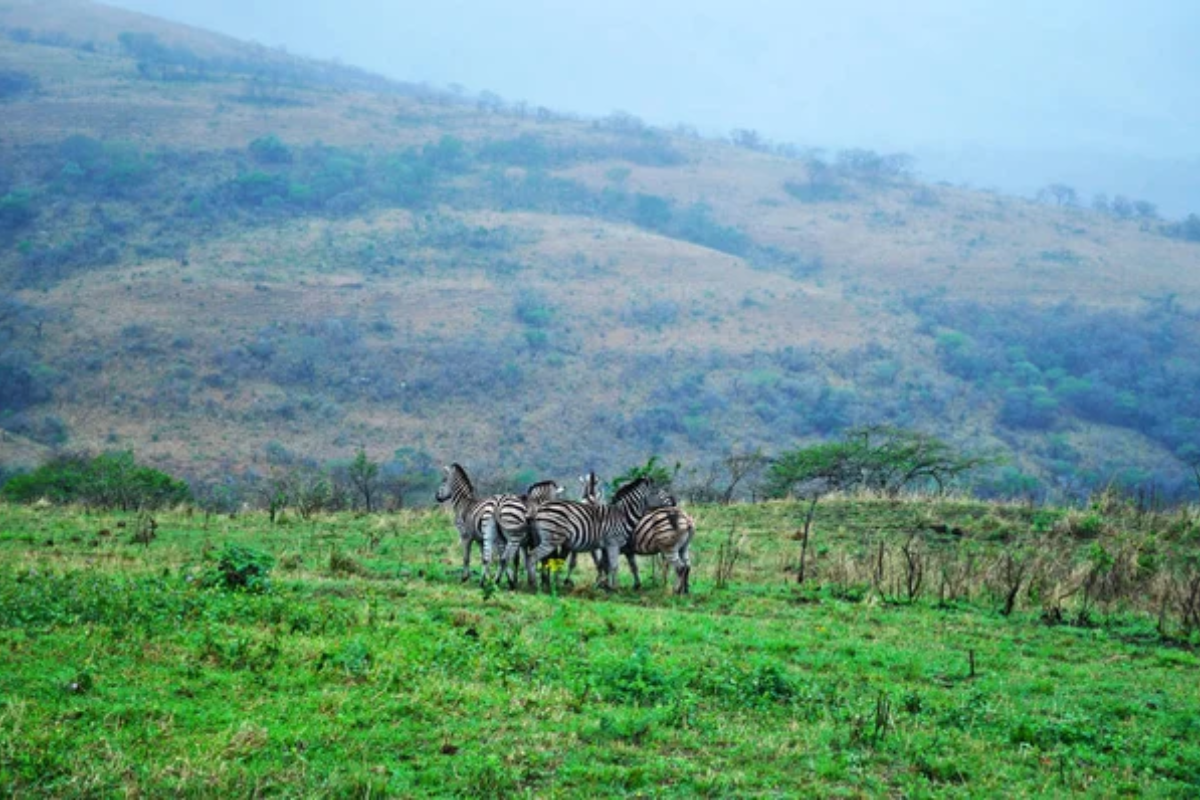
South Africa’s oldest proclaimed nature reserve combines Big Five viewing with historical significance as the place where white rhinos were saved from extinction. The park’s varied topography creates diverse habitats supporting numerous species within a relatively compact area.
The excellent road network makes self-driving straightforward for independent travelers new to wildlife viewing. The park’s proximity to the Indian Ocean coastline allows easy combination with beach time for a varied first-time African experience.
Mana Pools National Park
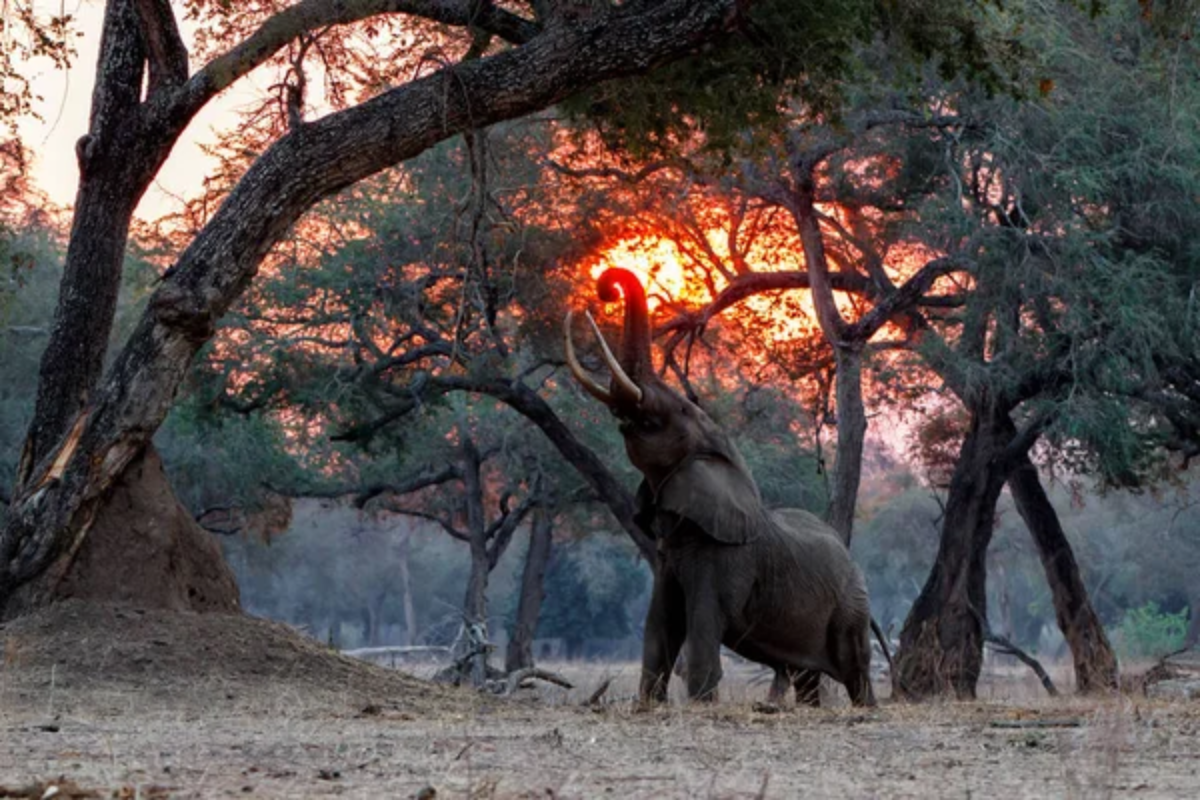
Zimbabwe’s UNESCO World Heritage Site offers exceptionally close wildlife encounters guided by Africa’s finest walking safari guides. The park’s open floodplain landscapes provide visibility that builds confidence for those new to on-foot safari experiences.
Canoe safaris along the Zambezi River create peaceful wildlife viewing opportunities without requiring physical fitness. The park’s small permanent camps offer authentic wilderness experiences without sacrificing essential comforts important for safari newcomers.
Manyara Ranch Conservancy
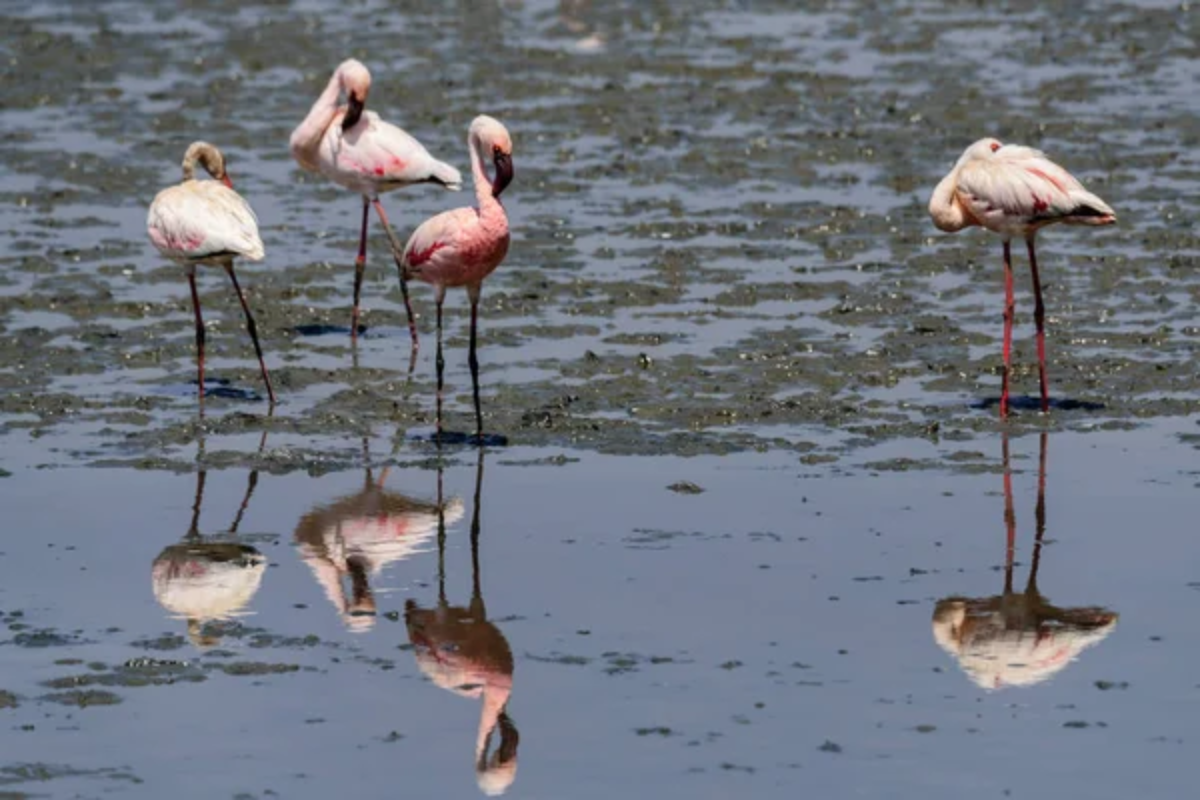
This Tanzanian private conservancy between Lake Manyara and Tarangire national parks offers exclusive wildlife viewing with exceptional guides focused on first-time visitor education. The conservancy’s limited visitor numbers ensure uncrowded game drives even during peak season.
Night drives permitted on private land allow glimpses of rarely seen nocturnal species forbidden in neighboring national parks. The conservancy model demonstrates sustainable tourism practices supporting both wildlife and local communities.
Like Travel Pug’s content? Follow us on MSN.
Beginning Your African Adventure

These twenty safari destinations offer perfect starting points for those new to African travel, each balancing authentic wildlife experiences with appropriate comfort levels and logistical simplicity. While seasoned safari-goers might seek more remote wilderness areas, these accessible options deliver the magical moments that turn first-time visitors into lifelong Africa enthusiasts.
By choosing destinations specifically suited to newcomers, travelers maximize their chances of that perfect introduction to the continent’s unparalleled natural wonders without facing the challenges better left for subsequent safari journeys.
More from Travel Pug

- Cities Growing so Fast You Won’t Recognize Them in 10 Years
- 13 Destinations Where Tourists Regularly Regret Their Trip
- 16 U.S. Cities That Are Quietly Becoming Travel Hotspots
- Where to Travel If You Love Long Bus Rides and Daydreams
- 20 Cities Perfect for Solo Travelers Who Crave Adventure & Culture
Like Travel Pug’s content? Follow us on MSN.
